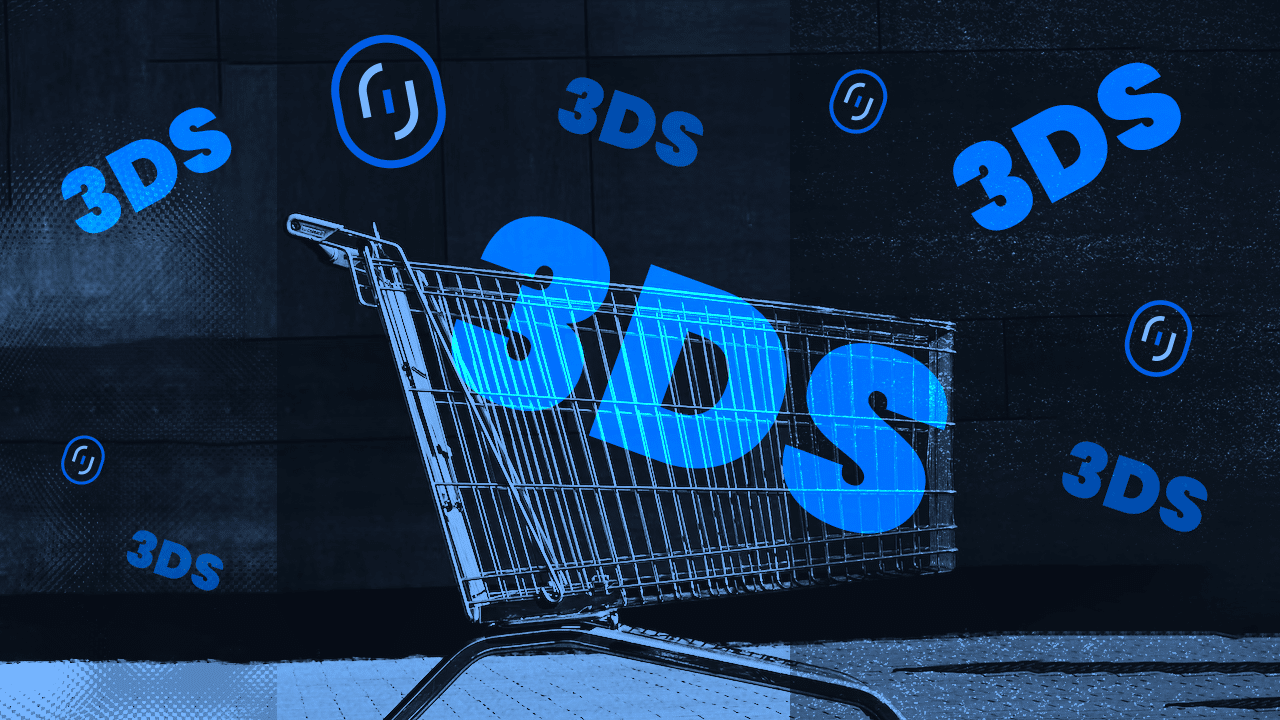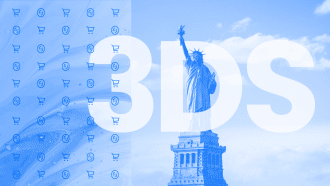By Dany Naigeboren, Head of Analytics, APAC
When I started focusing on digital commerce within the APAC region specifically, in all its diversity and sophistication, one trend stood out to me — the dominance of 3DS in protecting checkout. Years later, this is still true.
Although 3DS is not mandated or encouraged by regulation (as PSD2 has done in Europe), in APAC, merchants freely choose this option across industries and countries. Japan is probably the leader in this regard, which is significant given that the country has emerged as the world’s fourth-largest digital commerce market after China, the United States, and the United Kingdom. But it’s a trend that’s strong across the APAC region.
Why APAC Digital Commerce Merchants Love 3DS
If you want simple, reliable protection from digital commerce fraud, 3DS has a lot to offer:
- Liability shift: Perhaps most attractive to merchants is that when the issuing bank approves a transaction via 3DS, the liability shifts to the bank, meaning if a chargeback results, the merchant isn’t responsible for covering it.
- Shares the burden: Merchants feel they’re partnering with the bank to prevent fraud, not having to shoulder the considerable burden of fraud prevention on their own.
- Familiar with consumers: In APAC (unlike in the US market), consumers are familiar with and expect 3DS, so even when a transaction isn’t frictionless, it’s not a shock — although friction does reduce conversion.
Despite the good reasons for using 3DS and the merchant’s familiarity with the system, there are three vital misunderstandings that I see widely shared.
Misunderstanding #1: All Transactions Should Go to 3DS
If you’re sending transactions to 3DS, why not send them all? Then you get an unlimited liability shift, and your payments diagram looks nice and simple. The reality, unfortunately, is that this deceptively “simple” looking approach actually creates more complexity, and not in a good way.
The truth is that all banks view and use 3DS differently. Some are positive about seeing it used for every transaction, while others see this as a suspicious sign that leads them to reduce a merchant’s approval rate. Still, others give the best results to merchants who use 3DS judiciously for transactions of specific types — though which type varies from bank to bank.
Given that many APAC merchants work cross-border, the complexity of this picture increases considerably. When you have banks from the diverse international scene in play, it’s essential to know how to treat transactions sensitively and in accordance with different banks’ and consumers’ preferences. Forter’s data shows that doing so results in an average conversion uplift of 5-7% — revenue that is otherwise simply left on the table.
Misunderstanding #2: All 3DS Transactions Are the Same
3DS is a standard protocol, making it seem like every use of 3DS must be equally standardized. Though, there are ways merchants can use 3DS to increase banks’ trust in their transactions.
Banks have much less data about any given transaction than the merchant does. Banks know their customers well, of course, when they sign into their accounts with the bank itself. But when it comes to transactions, banks simply get the information the customer enters, and the merchant sends it. That has consequences: about 20% of bank declines are due to suspected fraud — but about 40% of those are, in reality, legitimate customers!
Vital clues to a customer’s identity, such as behavioral analysis, device information and fingerprinting, browser analysis, past history of 3DS, and so on, are available to the merchant and not to the bank. Merchants can work with providers like Forter to ensure that the far higher level of trust in a consumer available to them — and not to the bank — is reliably passed on to the bank as well.
This can significantly impact authentication and authorization approval rates, adding directly to the business’ bottom line.
Misunderstanding #3: 3DS Has to Come with Risk of Reduced Sales
There’s a common misconception that the benefits of 3DS must be paid for with reduced approvals or conversions. It’s a trade-off that might be worth making — but it’s not necessary at all.
It’s true that some customers dislike or struggle with 3DS, just as some banks dislike the liability shift it comes with. Some customers find the process confusing when friction is involved, as it sometimes happens even with 3DS2. The right thing for a merchant is to determine through analysis which customers find 3DS a barrier to successful purchase — and ensure that for those customers specifically, it is avoided.
So not only does 3DS not have to reduce sales — if it’s deployed in conjunction with a smart system like Forter’s that can create a frictionless experience when appropriate, and adjust based on the customer’s persona and preferences, then 3DS can actively increase them, improving customer experience and the likelihood of future customer loyalty in the future at the same time.
3DS: A Potential Advantage for APAC
In contrast to regions where 3DS is viewed with suspicion, or places where merchants are still grappling with how to make it effective, APAC merchants are in a solid position to leverage the power of 3DS to their advantage.
With 3DS a well-accepted and expected part of the payments process, APAC merchants are set to use 3DS to shift liability and increase their sales – as long as they do so through the mechanism of a smart system that tailors the use of 3DS to the right situation. 3DS, tailored with the knowledge of what different banks prefer and require, and knowledge of individual customer preferences, can be a powerful lever.
While 3DS by itself can lead to significant drop-off from customers and rejection of bank authorization, 3DS deployed through a smart system like Forter’s that adjusts for the nuances of every transaction – bank, geography, customer preferences, customer persona, and more – can be a great asset.
As digital commerce continues to grow in the APAC region, I look forward to seeing more and more customers experience more smooth, frictionless approvals as merchants start to adopt the extra opportunities 3DS offers — not just for liability shift but for approval uplift as well.



